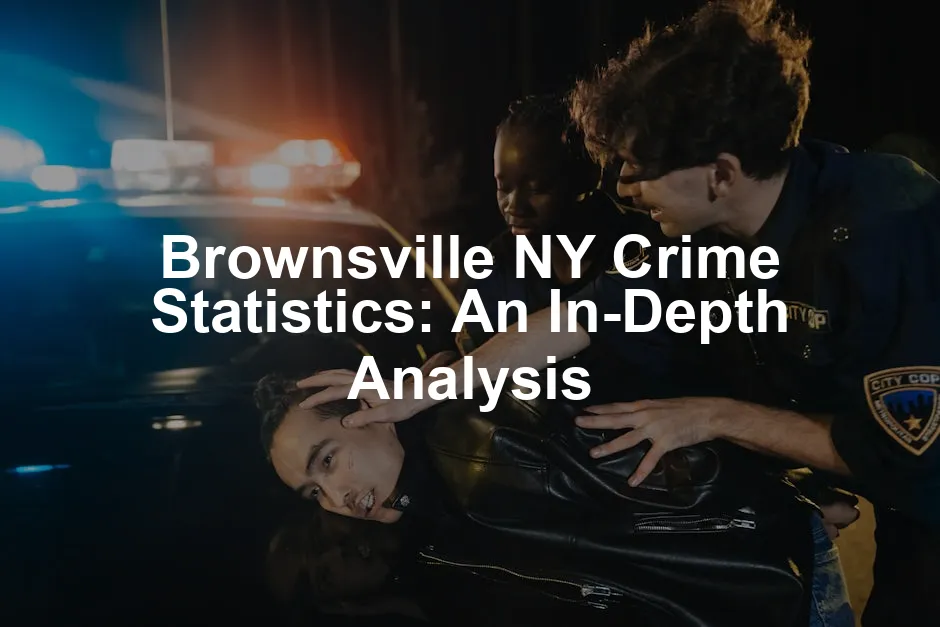Introduction
Brownsville, a neighborhood nestled in eastern Brooklyn, has a vibrant yet complex history. Founded in the mid-1800s, it initially attracted Jewish factory workers. Over the decades, it has evolved into a predominantly African American community, facing significant socio-economic challenges. This evolution is pivotal in understanding its current crime landscape.
Understanding crime statistics is crucial for residents, potential movers, and policymakers. For residents, these stats provide insight into the safety of their neighborhood. For those considering a move, crime rates can heavily influence their decision. Policymakers rely on this data to create targeted interventions that foster safer communities.
In this blog post, we’ll explore Brownsville’s geographical and demographic profiles, examine its historical context related to crime, and analyze recent crime statistics. We aim to offer a comprehensive view of the factors influencing crime in this neighborhood. Let’s unravel the intricacies of Brownsville, where every statistic tells a story.
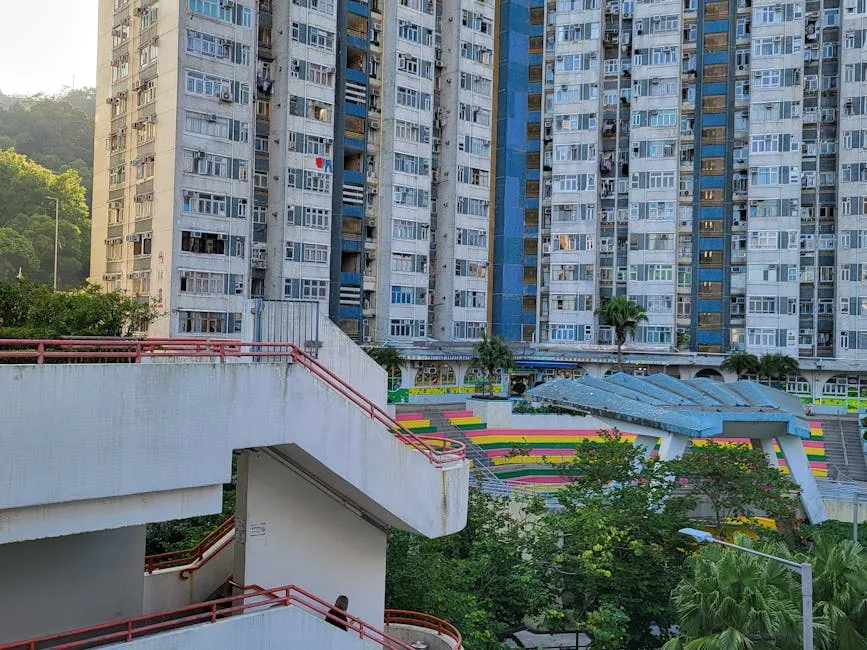
Section 1: Overview of Brownsville
1.1 Geographic and Demographic Overview
Brownsville is located in the eastern section of Brooklyn, bordered by several neighborhoods including Crown Heights and East New York. Covering approximately 1.163 square miles, Brownsville is home to around 128,369 residents as of the latest estimates. This dense urban area has a rich tapestry of cultures, reflecting its diverse population.
Demographically, Brownsville is predominantly African American, making up about 68% of its population. Hispanic residents constitute roughly 25.6%, while other ethnic groups account for the remainder. Economically, the neighborhood faces challenges, with a median household income around $31,252, significantly lower than the national average. The high poverty rate, with nearly 39% of residents living below the poverty line, contributes to the socio-economic struggles.
The area’s housing situation is also noteworthy. Brownsville features a high concentration of public housing developments, which provide affordable living options but also face issues of neglect and disrepair. This demographic and geographic backdrop is essential when examining crime statistics, as socio-economic factors often correlate with crime rates.
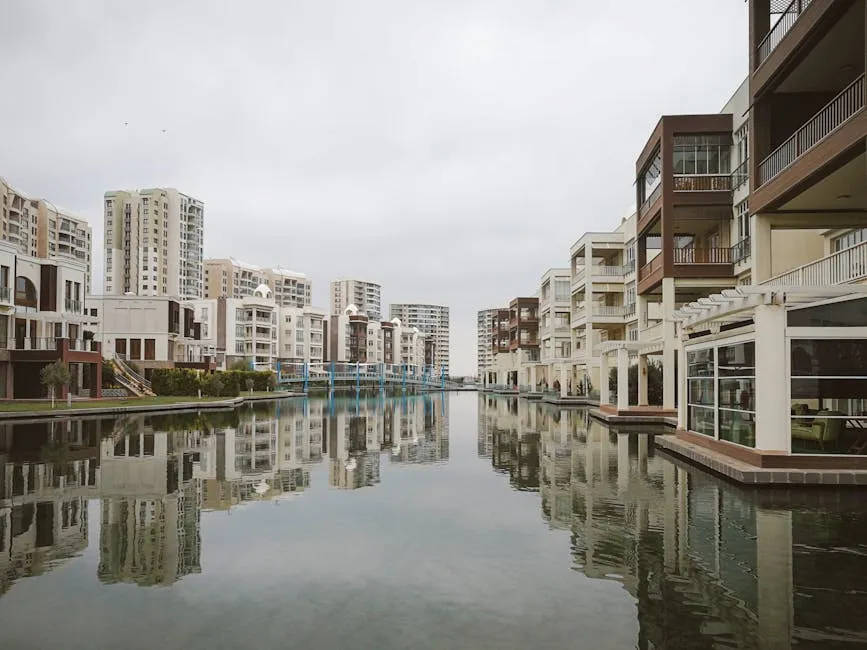
1.2 Historical Context of Crime in Brownsville
The history of crime in Brownsville is as layered as its demographics. Early on, the neighborhood struggled with crime, particularly during the mid-20th century. Following World War II, an influx of African American residents settled in public housing projects, which were often accompanied by systemic disinvestment. This pattern has perpetuated a cycle of poverty and crime that remains prevalent today.
In the 1930s and 1940s, Brownsville became notorious for gang activity, including the infamous Murder, Inc. organization. Fast forward to recent decades, and the neighborhood has been labeled one of New York City’s most dangerous, with high rates of violent crime. The challenges faced by Brownsville—such as economic instability, lack of resources, and insufficient community investment—have all played a part in shaping crime rates.
Over the years, crime rates have fluctuated. While there have been improvements since the peak of violence in the 1990s, Brownsville still grapples with high rates of homicide and gang-related incidents. Understanding this historical context is vital for comprehending the current crime landscape. Each statistic is not just a number; it’s a reflection of the community’s trials and resilience.
In summary, Brownsville’s historical trajectory has significantly impacted its crime rates. The interplay between socio-economic conditions and crime underscores the necessity of targeted policies and community engagement to foster safer living environments.

Section 2: Crime Statistics Overview
2.1 Current Crime Rates
Brownsville, NY, is known for its high crime rates, and the latest statistics paint a stark picture. According to the FBI’s Uniform Crime Reporting program, Brownsville’s crime estimates for 2022 show it has a total crime rate of 3,723 incidents per 100,000 people. This number is significantly higher than both New York City’s rate of 2,885 and the national average of 2,324.
Here’s a handy table for a quick comparison:
| Statistic | Brownsville /100k people | New York /100k people | National /100k people |
|---|---|---|---|
| Total Crime | 3,723 | 2,885 | 2,324 |
| Murder | n/a | 5.3 | 6.3 |
| Rape | n/a | 31.8 | 40.0 |
| Robbery | n/a | 211.7 | 66.1 |
| Assault | n/a | 495.4 | 268.2 |
| Violent Crime | 1,615 | 744 | 370 |
| Burglary | n/a | 176.7 | 269.8 |
| Theft | n/a | 1,794.8 | 1,401.9 |
| Vehicle Theft | n/a | 169.7 | 282.7 |
| Property Crime | 2,108 | 2,141 | 1,954 |
These figures indicate that Brownsville’s total crime rate is 60% higher than the national average. Shockingly, violent crimes in Brownsville are 337% above the national average, creating a community where the odds of becoming a victim of crime are alarmingly high—about 1 in 27 residents can expect to experience crime in some form.

Understanding crime statistics is essential for grasping the safety situation in neighborhoods like Brownsville. For a comprehensive analysis of crime statistics, check out this fremont crime statistics article.
If you’re looking to dig deeper into the influences of systemic issues on crime, consider reading The New Jim Crow: Mass Incarceration in the Age of Colorblindness. This book explores the intersection of race and the criminal justice system, shedding light on how societal structures contribute to crime.
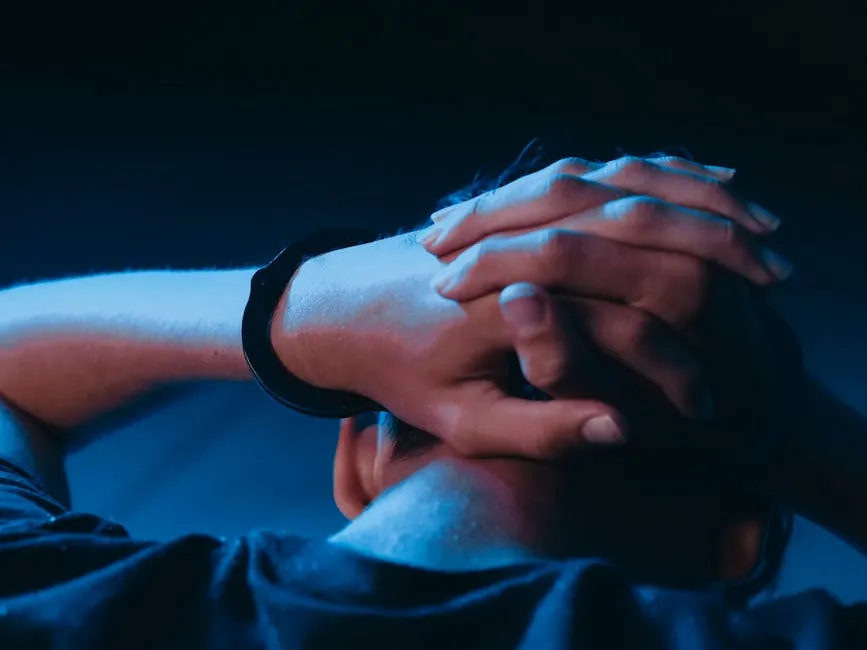
2.2 Violent Vs. Property Crime
When breaking down the crime statistics further, violent crimes such as murder, assault, and robbery stand out. Brownsville’s violent crime rate of 1,615 per 100,000 people is troubling. While exact murder rates aren’t available, the neighborhood has been notorious for its high homicide numbers in the past.
Assault and robbery rates are also concerning, contributing to a climate of fear among residents. In contrast, property crime rates, while still high, offer some relief. With a property crime estimate of 2,108 per 100,000 people, Brownsville’s rates are somewhat comparable to New York City’s 2,141, though still above the national average.
The implications of these high violent crime rates are significant. They contribute to an atmosphere where community safety feels compromised. Residents often express anxiety about their daily activities, especially after dark.
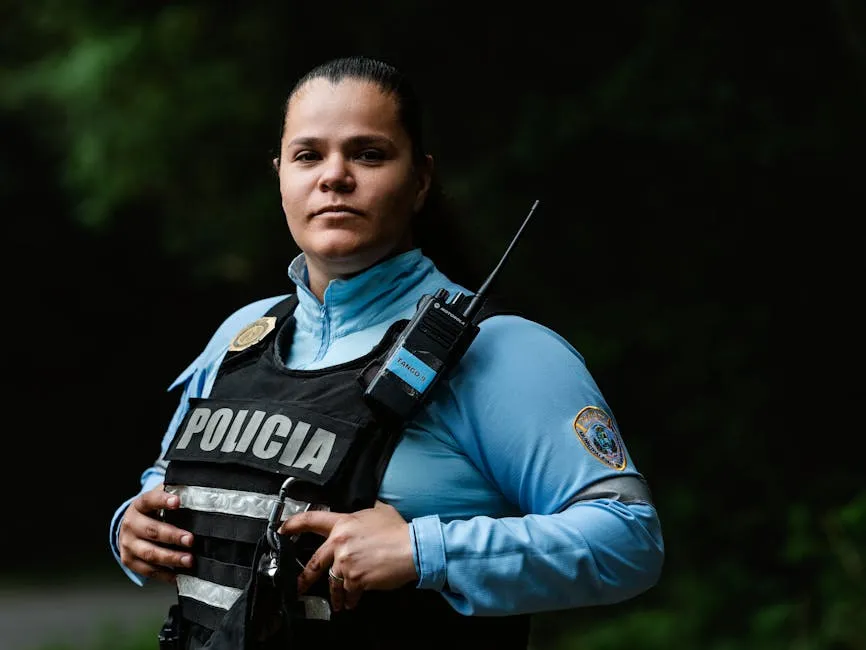
2.3 Crime Trends Over Time
Analyzing crime trends over the years highlights fluctuations that reflect broader socio-economic changes. For instance, crime rates peaked during the 1990s but have seen overall reductions since then. Murders dropped by 62% from 1993 to 2010, showcasing some progress. However, persistent issues like poverty and systemic disinvestment continue to influence crime dynamics.
Factors contributing to these fluctuations include economic changes, policing strategies, and community interventions. Increased community engagement and initiatives like Man Up, Inc. aim to address violence through prevention and support programs for youth. If you’re interested in learning more about such community efforts, check out Community Policing: Partnerships for Problem Solving.
Yet, despite improvements, Brownsville still grapples with high rates of violent crime. The combination of socio-economic challenges and limited resources continues to impact community safety. Each statistic tells a story of resilience and the ongoing struggle for a safer neighborhood. As we look to the future, understanding these trends will be crucial for residents, policymakers, and advocates working to foster a safer Brownsville.

Section 3: Safety Perception and Community Impact
3.1 Residents’ Safety Perception
Residents of Brownsville have varying perceptions of safety, often shaped by personal experiences and community surveys. A recent survey revealed that approximately 33% of respondents feel “pretty safe.” An equal portion, 33%, reported feeling “somewhat safe,” indicating noticeable safety concerns. Alarmingly, 17% expressed that they do not feel safe at all in their neighborhood.
The disparities in safety perception are evident across different demographic groups. For instance, younger residents often report higher levels of anxiety compared to older community members. Factors such as personal experiences with crime or witnessing violent incidents heavily influence these feelings.
Additionally, racial and economic factors contribute to how safety is perceived. Many low-income families, particularly those residing in public housing, express heightened concerns about potential violence. These sentiments may stem from historical socio-economic challenges and persistent crime issues.
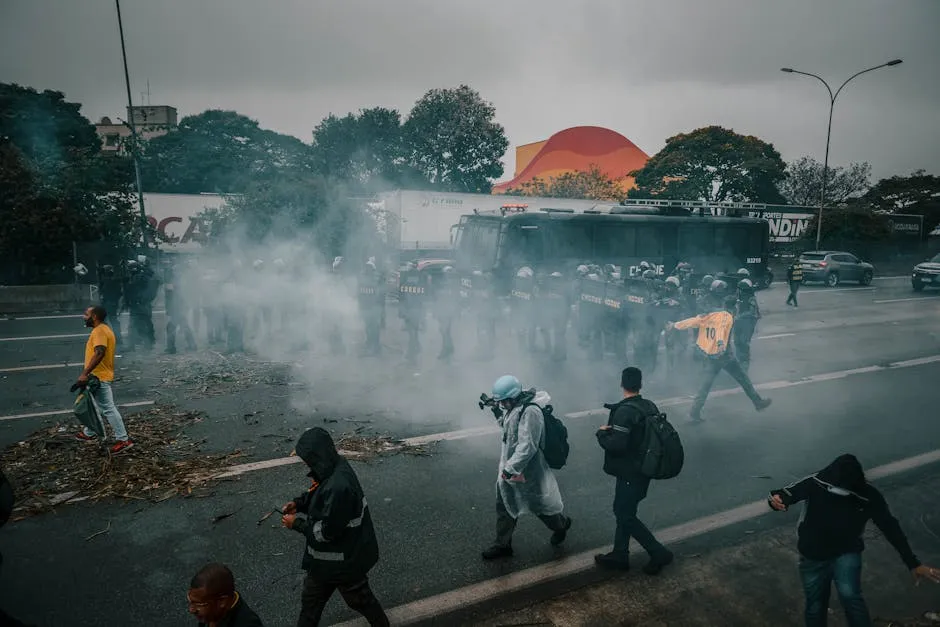
3.2 Impact of Crime on Community Life
High crime rates in Brownsville have a profound impact on daily life. Residents often adjust their routines to avoid becoming victims. Simple activities like walking home after dark or visiting local businesses can feel daunting. This anxiety hinders community cohesion, leading to isolation among residents.
Local businesses also suffer due to crime. Many shop owners express concern about theft and vandalism. Consequently, some choose to limit their hours or invest in security measures rather than providing services that support the community. If you’re a business owner looking to enhance your security, consider investing in Crime Prevention Security Cameras to protect your assets.
Testimonials from residents highlight their fears. One local café owner shared, “I love my community, but I worry daily about my safety. It’s heartbreaking to see how crime affects our neighborhood.” Another resident remarked, “I used to walk everywhere, but now I think twice before stepping out, especially at night.”
These stories illustrate the ongoing struggle residents face. The cycle of crime impacts not only personal safety but also community spirit. A neighborhood that should be filled with life and laughter often feels subdued and tense.

3.3 Initiatives and Community Responses
Despite the challenges, Brownsville has seen a surge in local initiatives aimed at reducing crime and fostering community engagement. Organizations like Man Up, Inc. play a crucial role in addressing violence and supporting youth. Founded by community leader A.T. Mitchell, the organization provides valuable resources such as counseling, job development, and afterschool programs. For those interested in personal stories of redemption, the book Just Mercy: A Story of Justice and Redemption offers a profound look into the injustices of the legal system.
Community policing initiatives also aim to bridge the gap between residents and law enforcement. Officers are encouraged to engage with locals, fostering a sense of trust. Some police officers are even seen participating in community events, which helps humanize them in the eyes of residents.
Moreover, local youth programs focus on steering young people away from gang involvement. By offering constructive activities and mentorship, these initiatives create pathways for success. Many participants express gratitude for the opportunities they’ve received, stating, “Without Man Up, I might not have found my passion for art.”
In summary, while crime continues to be a pressing issue, community responses illustrate resilience. Residents are coming together to advocate for change and promote safety. The journey toward a safer Brownsville is ongoing, but the commitment to community improvement shines bright amidst the challenges.

Section 4: Comparative Analysis with Other Neighborhoods
4.1 Comparison with Other High-Crime Areas
When we stack up Brownsville against other high-crime neighborhoods in Brooklyn and New York City, the metrics tell a telling tale. Brownsville’s total crime rate stands at a staggering 3,723 incidents per 100,000 people, significantly eclipsing both New York City’s average of 2,885 and the national average of 2,324. This makes Brownsville a standout in the crime statistics arena, but not in a way anyone wants to be known.
In contrast, neighborhoods like East New York and parts of Bushwick also grapple with high crime rates. However, Brownsville consistently ranks higher in violent crime, with rates 337% above the national average. Demographically, Brownsville is predominantly African American, with nearly 68% of its residents identifying as such. This demographic factor, combined with a median income of just $31,252, positions Brownsville uniquely within a socio-economic framework that favors crime.
East New York shares similar socio-economic challenges, but it has seen some community revitalization efforts that Brownsville hasn’t fully embraced yet. Similarly, Bushwick has experienced gentrification, which often leads to improved safety and lower crime rates. The stark differences in investment and community resources highlight the impact of socio-economic factors on crime rates.
Interestingly, areas like Bay Ridge, known for their low crime statistics, contrast sharply with Brownsville. Bay Ridge benefits from higher median incomes, better access to green spaces, and a history of investment. These factors foster a sense of community and safety that Brownsville currently lacks. The disparities in crime rates among these neighborhoods underscore how socio-economic conditions intertwine with crime.
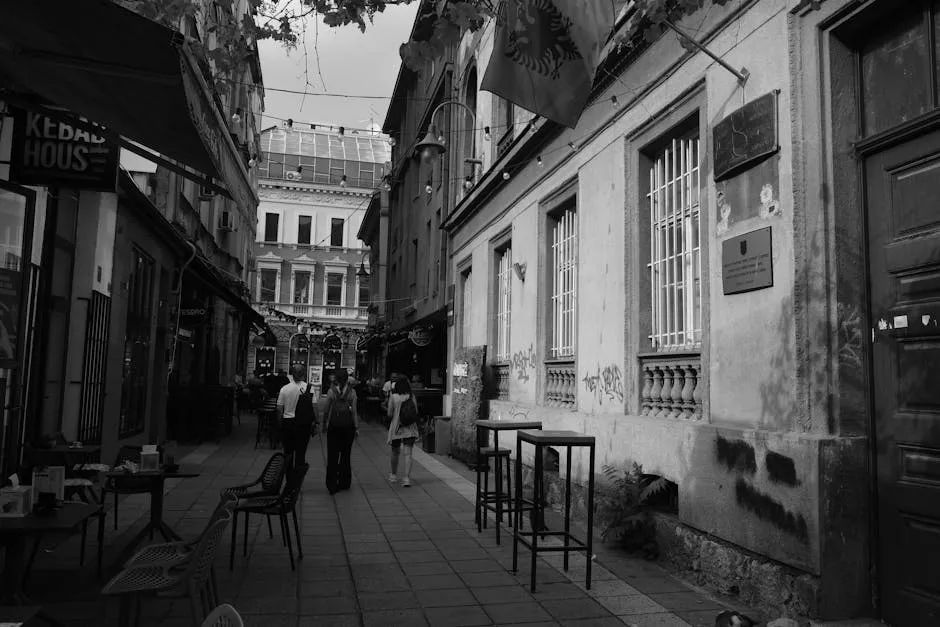
4.2 Lessons from Low-Crime Neighborhoods
So, what can Brownsville learn from neighborhoods that boast lower crime rates? A few key factors set these safer areas apart. Take Roslyn Harbor, for example. With a violent crime rate of just 60 incidents per 100,000 people, this affluent neighborhood exemplifies how investment in community infrastructure can lead to enhanced safety.
One of the standout strategies is community investment. Lower-crime neighborhoods often have abundant public spaces, parks, and communal resources. These areas encourage residents to engage with one another, fostering a strong sense of community. In contrast, Brownsville’s limited green spaces can sometimes contribute to feelings of isolation and neglect.
Additionally, effective community policing serves as a cornerstone for safety in low-crime areas. Residents feel supported when law enforcement engages proactively with the community. In Brownsville, there’s a pressing need for a similar approach. Building trust between the police and residents could lead to more cooperative crime prevention strategies.
Educational initiatives also play a pivotal role. Neighborhoods with lower crime rates often have access to quality educational resources. Investing in education creates opportunities for young people and reduces the likelihood of them engaging in criminal activity. Programs focusing on mentorship and skill-building, like those offered by community organizations, can help steer youth away from violence. If you’re curious about broader themes in these discussions, you might find The Fire Next Time insightful.
Lastly, a strong local economy is vital. Communities that provide jobs, career training, and economic opportunities tend to experience lower crime rates. Brownsville’s challenges in this area highlight the need for economic development initiatives focused on job creation and skill enhancement.
By analyzing these successful strategies, Brownsville has the potential to implement changes that could improve safety. While the road ahead may be challenging, the lessons from low-crime neighborhoods offer a hopeful pathway toward a brighter, safer future.

Section 5: Future Outlook and Recommendations
5.1 Current Trends and Future Predictions
Crime rates in Brownsville have shown some fluctuations, but the neighborhood remains troubled. Recent data indicates that violent crime is significantly higher than both the city and national averages. The 1 in 27 chance of becoming a crime victim is not just a statistic; it’s a reality residents face daily.
Socio-economic factors play a crucial role in shaping these trends. With nearly 39% of residents living below the poverty line, economic instability often breeds crime. The lack of resources, educational opportunities, and public spaces creates an environment ripe for criminal activity.
Looking ahead, predictions suggest that community policing strategies may lead to improvements. Increased engagement between law enforcement and residents could foster trust. As initiatives like Man Up, Inc. gain traction, they may effectively address youth violence and provide positive alternatives.
However, without substantial investment in education and job creation, these improvements may be superficial. If the socio-economic landscape remains unchanged, crime may continue to pose challenges in the future. Thus, community safety hinges on deeper structural changes, not just policing efforts.

5.2 Recommendations for Residents and Policymakers
Residents can take several actionable steps to enhance personal safety.
- Stay Alert: Always be aware of your surroundings, especially at night.
- Use Safe Routes: Opt for well-lit streets and avoid shortcuts through isolated areas.
- Community Engagement: Join local safety initiatives or neighborhood watch programs to foster a sense of community.
Policymakers should focus on addressing root causes of crime.
- Invest in Education: Providing better educational resources can create opportunities for youth, steering them away from crime. Books like The Death and Life of the Great American School System provide insights on education reform.
- Economic Development: Initiatives that promote job creation and small business support can help alleviate poverty, reducing crime rates.
- Enhance Community Spaces: Investing in parks and recreational areas can reduce crime by promoting community interaction and providing safe spaces for residents.
By taking these steps, both residents and policymakers can contribute to a safer Brownsville. The path to improvement lies in collaboration, investment, and community engagement, ensuring that safety is not just a fleeting statistic but a lasting reality for all.

FAQs
What are the most common types of crime in Brownsville?
Brownsville experiences high rates of violent crime, particularly assaults and robberies. According to recent statistics, violent crimes are significantly elevated, with robbery rates far exceeding national averages. Property crimes, including theft and burglary, are also prevalent, contributing to the overall crime landscape.
How does Brownsville compare to other neighborhoods in Brooklyn?
When comparing crime data, Brownsville consistently ranks as one of the highest crime areas in Brooklyn. While neighborhoods like Bay Ridge and Park Slope enjoy lower crime rates, Brownsville’s violent crime rate is notably higher, reflecting deeper systemic issues.
What are the main factors contributing to crime in Brownsville?
Several socio-economic and historical factors contribute to crime in Brownsville. High poverty rates, limited access to education, and systemic disinvestment have created an environment where crime can flourish. Additionally, the legacy of public housing and gang violence further complicates the situation.
Are there any community programs aimed at reducing crime?
Yes, organizations like Man Up, Inc. focus on providing resources and support to at-risk youth. Their initiatives include counseling, job development, and afterschool programs aimed at reducing violence and fostering community engagement.
How can residents stay safe in Brownsville?
Residents can enhance their safety by staying alert, using well-lit routes, and participating in community safety programs. Building relationships with neighbors and local law enforcement can also foster a supportive environment, making the neighborhood safer for everyone.
Please let us know what you think about our content by leaving a comment down below!
Thank you for reading till here 🙂
All images from Pexels

